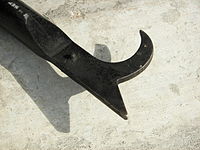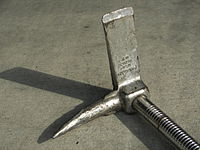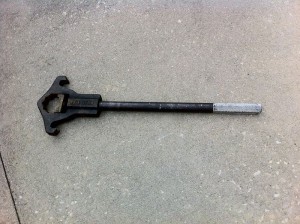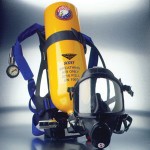No, it wasn’t Jerry Mcguire who founded Labor Day. Nor was it the McGuire Sisters. It certainly wasn’t Barry McGuire. He was too busy singing the 60s protest song “Eve of Destruction.” A great way to start you day is listening to that song, or maybe Pink Floyd’s “Mother (Do You Think They’ll Drop the Bomb).” That along with your choice of bran flakes and skim milk.
“While most sources, even the Department of Labor, credit Peter McGuire with the origination of Labor Day, recent evidence suggests that the true father of Labor Day may in fact be another famous union leader of the 19th Century, Matthew Maguire,” according to the U.S. Department of Labor.
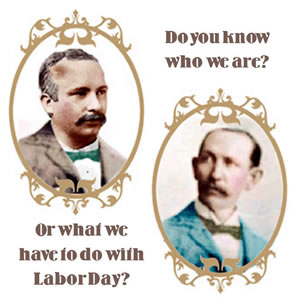
“Peter McGuire was a young, though well-respected, union leader. A child of immigrants, he quit school at an early age to go to work. In 1881, he founded the United Brotherhood of Carpenters, which would become the largest trade union of the time. Later, McGuire would join with his friend, Samuel Gompers, to found the American Federation of Labor (AFL). Through the AFL and the Carpenters, McGuire led the great strikes of 1886 and 1890, which would eventually result in the adoption of the eight-hour workday on the nation’s agenda.”
But naturally something is always there in labor to gum things up, said DOL.
“In the 1870s, Matthew Maguire led several strikes, most of which were intended to force the plight of manufacturing workers and their long hours into the public consciousness. By 1882, Maguire had become the secretary of and a leading figure in the Central Labor Union of New York.”
So why has the Mag been overlooked for the Matt? Politics, me boy!
“According to The First Labor Day Parade, by Ted Watts, Maguire held some political beliefs that were considered fairly radical for the day and also for Samuel Gompers and his American Federation of Labor. Allegedly, Gompers did not want Labor Day to become associated with the sort of “radical” politics of Matthew Maguire, so in a 1897 interview, Gompers’ close friend Peter J. McGuire was assigned the credit for the origination of Labor Day,” the Labor Department history of Labor Day goes on.
Ain’t that the s**ts?”
Oh, well Happy Labor Day.

